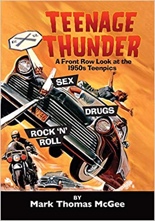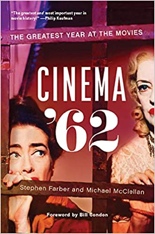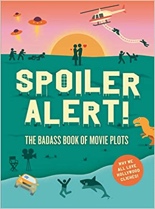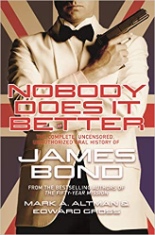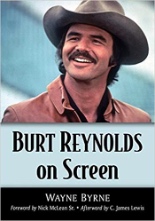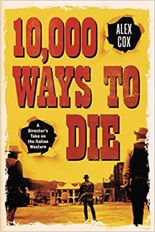
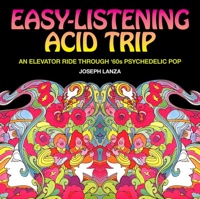 What’s a book on “elevator music” doing on a movie site like this? Well, when you’re Joseph Lanza’s Easy-Listening Acid Trip: An Elevator Ride Through ’60s Psychedelic Pop, barely a spread goes by without one film or another either mentioned in passing or discussed in detail. Metaphorically speaking, does any other text allow Ronnie Aldrich to rub elbows with Russ Meyer?
What’s a book on “elevator music” doing on a movie site like this? Well, when you’re Joseph Lanza’s Easy-Listening Acid Trip: An Elevator Ride Through ’60s Psychedelic Pop, barely a spread goes by without one film or another either mentioned in passing or discussed in detail. Metaphorically speaking, does any other text allow Ronnie Aldrich to rub elbows with Russ Meyer?
A rather intoxicating companion to Lanza’s seminal 1994 work, Elevator Music, this square (in size and subject) paperback from the mighty Feral House is more spin-off than sequel, in which the author casts his ears and pen toward the flower-power era and its unlikely marriage of hippie music covered and co-opted by the chronically unhip. And thank God they did!
Acid Trip’s opening chapters serve as a crash course in the history of “mood music”: soothing instrumentals so nonthreatening, they’re vanilla. Ranging from Muzak to orchestra-backed crooners, the easy-listening genre enjoyed a quiet run of roughly three decades before a dose of LSD turned it into a highly carbonated vanilla soda. Suddenly, such mood-music masters as Percy Faith, Lawrence Welk and 101 Strings were making mainstream waves and chart hits by covering rock acts from Bob Dylan to The Beach Boys, not to mention theme songs from blockbuster films as varied as Airport, Midnight Cowboy, The Thomas Crown Affair and Rosemary’s Baby.
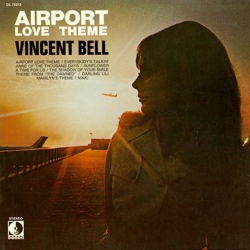 Not only that, but the studio-based artists often did so with more innovation than they get credit for, likely because listeners approach the material with closed ears — if they dare approach it at all — and are predisposed to dismiss it as wallpaper. This, if nothing else, is Acid Trip’s Big Takeaway. Lanza aims to prove the snobbery wrong — and succeeds. He describes tracks so richly (e.g., “soft, chewy, melodic center” and “a creamy, orchestral soft-serve”) that even if you’re unfamiliar with them, you come away knowing exactly how they sound. Trips to YouTube will prove it; that the book is not packaged with an accompanying soundtrack is its only negative.
Not only that, but the studio-based artists often did so with more innovation than they get credit for, likely because listeners approach the material with closed ears — if they dare approach it at all — and are predisposed to dismiss it as wallpaper. This, if nothing else, is Acid Trip’s Big Takeaway. Lanza aims to prove the snobbery wrong — and succeeds. He describes tracks so richly (e.g., “soft, chewy, melodic center” and “a creamy, orchestral soft-serve”) that even if you’re unfamiliar with them, you come away knowing exactly how they sound. Trips to YouTube will prove it; that the book is not packaged with an accompanying soundtrack is its only negative.
As Lanza guides us through this lounge-adjacent America, seeing it from the birth of surf to the post-Hair fallout, he pauses to give more ink on seminal acts and songs of influence. In the former group, you have The Beatles and The Doors, whose singles caused controversy among pearl-clutchers for alleged sex-and-drugs content — some valid, most imagined — yet perfectly fine among the same audience when turned into orchestral confections void of lyrics. Every now and then, particular attention is paid to an entire album, such as Forever Changes, the divisive third (and final) LP from Arthur Lee’s Love. While considered a masterpiece today, the record was commercially and critically derided upon release as Love’s hard-charging rock that won over Whiskey a Go Go had suddenly downshifted — without warning — to a relaxed flavor of baroque pop emblematic of the tune-in/turn-on times.
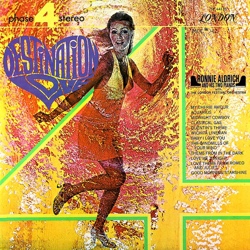 In the latter group, you have Paul Mauriat’s “Love Is Blue,” The Lemon Pipers’ “Green Tambourine,” Scott McKenzie’s “San Francisco (Be Sure to Wear Flowers in Your Hair),” actor Richard Harris’ “MacArthur Park” and more, each bearing an incredible backstory and each sparking a multitude of covers that pour from the faceless Hollyridge Strings, the twin pianos of Ferrante & Teicher, the mysterious Mystic Moods Orchestra, the mad hits of Bert Kaempfert and so many others. In fact, Easy-Listening Acid Trip closes with an A-to-Z appendix of 50 such standards, “Psychedelic Favorites Refurbished,” providing discographic details for completists of “Never My Love,” “A Whiter Shade of Pale” and 48 more.
In the latter group, you have Paul Mauriat’s “Love Is Blue,” The Lemon Pipers’ “Green Tambourine,” Scott McKenzie’s “San Francisco (Be Sure to Wear Flowers in Your Hair),” actor Richard Harris’ “MacArthur Park” and more, each bearing an incredible backstory and each sparking a multitude of covers that pour from the faceless Hollyridge Strings, the twin pianos of Ferrante & Teicher, the mysterious Mystic Moods Orchestra, the mad hits of Bert Kaempfert and so many others. In fact, Easy-Listening Acid Trip closes with an A-to-Z appendix of 50 such standards, “Psychedelic Favorites Refurbished,” providing discographic details for completists of “Never My Love,” “A Whiter Shade of Pale” and 48 more.
If you’ve ever read any of Lanza’s cultural history lessons, including last year’s The Texas Chainsaw Massacre: The Film That Terrified a Rattled Nation, you know to expect a heavily researched, but breezy tour filled with incredible sights — in this case, full-color album art every few pages, potentially hallucinogenic and definitely addicting. —Rod Lott

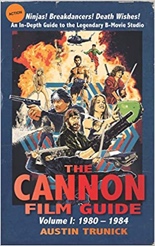
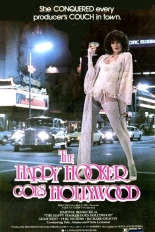
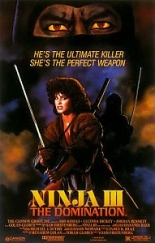
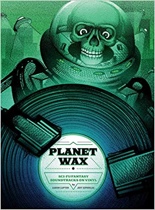
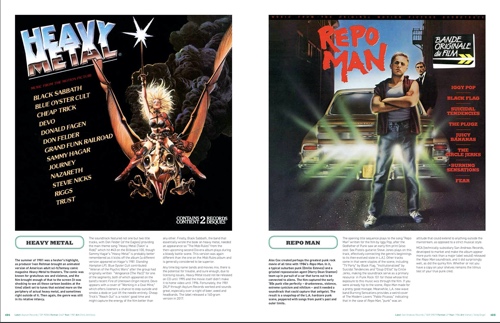
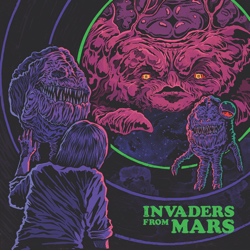 Hell, speaking of, there’s even a spread on Star Wars
Hell, speaking of, there’s even a spread on Star Wars 